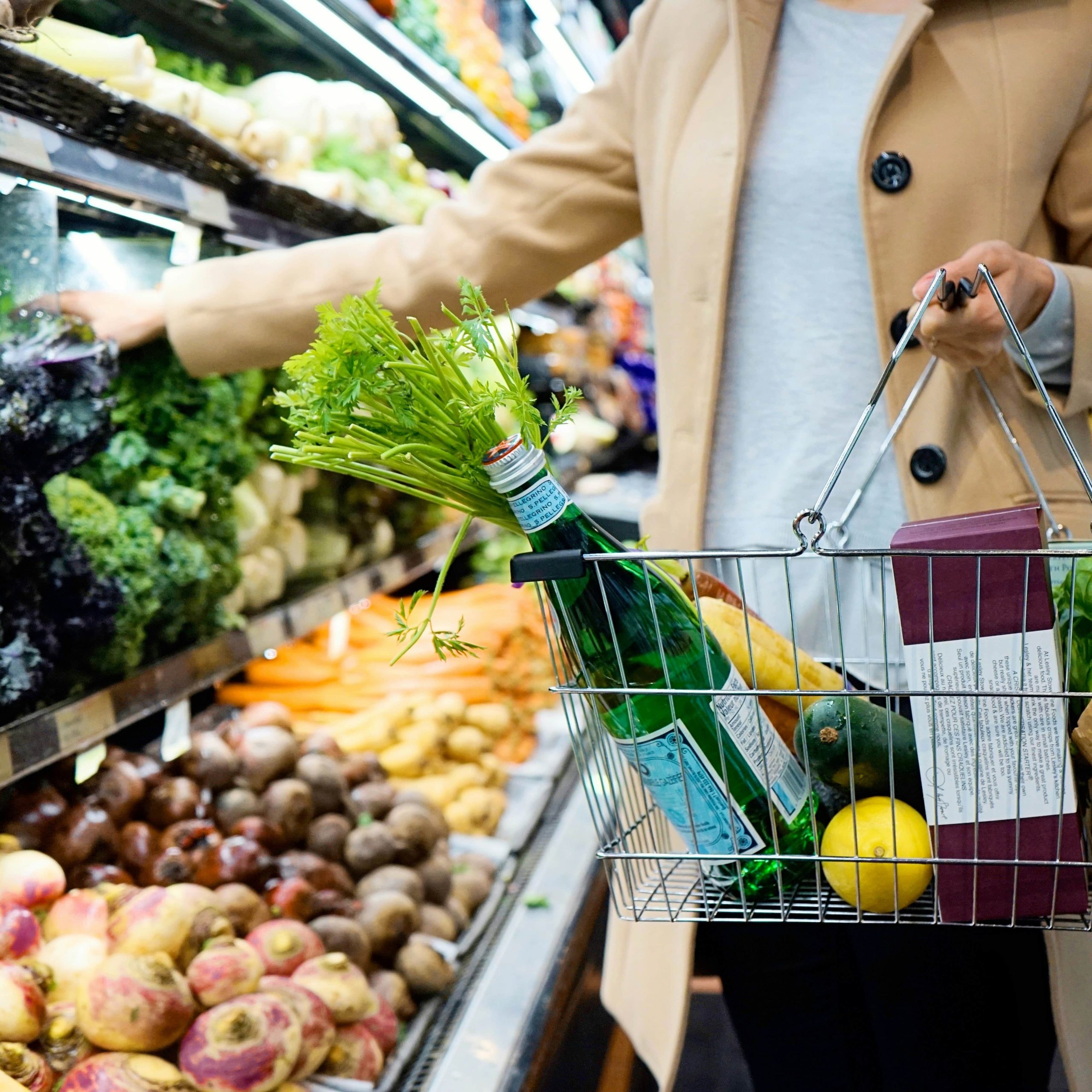Home » Community Food Systems » Dane County Food Action Plan » Dane County Food Action Plan Sectors » Consumer Sector
Consumer Sector

The Local Food System Puzzle: Finding Our Path to Local and Affordable Food
September 25, 2025
By Abha Thakkar, Food Action Plan Consumer Engagement Coordinator
As we move through the Dane County Food Action Plan process and hear from the community about its needs, vision, and hopes for our food system, I keep thinking about the 2012 Dane County Board resolution declaring food as a human right: what does that look like? How do we make that real? For me, as the consumer engagement lead for the project, the Dane County Food Action Plan is an opportunity to explore that commitment and to be strategic about the policies, investments, and organizing we need to get there.
But we keep running into a dilemma: how do we make local food affordable for everyone?
As it is, food is barely accessible for so many of our residents. Many folks can’t find the cultural foods they need. For lack of nearby grocery stores or transportation—public or private—they can’t get to the food they need, and, often, they can’t afford it anyway. We hear that clearly and consistently. And economic instability and inflation mean that people who haven’t historically faced food insecurity are suddenly wondering where their next meal will come from. We have a food access crisis on our hands, and it’s growing.
And, yet, it turns out that the food people can afford—rather than being locally sourced—is food that is mass-produced, highly-processed, and shipped from afar. It has its own trade-offs that are not necessarily good for us in the long run.
Our current globalized agriculture system often delivers food at low prices—but only by ignoring its true costs. These “externalities” are paid elsewhere:
- Environmental costs such as greenhouse gas emissions, soil erosion, water depletion, and biodiversity loss.
- Public health costs from diet-related diseases linked to highly-processed foods and low nutrient density due to long storage and transportation timelines.
- Labor costs in the form of underpaid food industry workers and unsafe working conditions.
- Community costs as small- and mid-sized farms and producers struggle to compete with industrial-scale producers.
Ultimately, this industrially-produced food has devalued food for all of us—we expect food to be cheap. But that means the people who work in the food industry are often food insecure themselves and don’t have their basic needs met, like health insurance or sick leave. It means that in Dane County alone, according to several national think tanks, we spend $1 billion per year in healthcare costs that stem from food-related chronic disease. And it’s estimated that, due to extractive production and long transportation chains, food systems contribute roughly 30% of global greenhouse gas emissions. We are already seeing countless communities impacted by uncontrolled climate change.
And none of this takes into account the fragility of global supply chains—we saw them grind to a halt during the pandemic, leaving our grocery store shelves empty and product availability unpredictable.
By contrast, local and regional food producers tend to keep value in the community, steward land and water with greater care, and strengthen the resilience of our food supply. But this means that local food often carries a higher price tag—a barrier for households already struggling to put food on the table, especially as the federal government withdraws or threatens to withdraw the food subsidies that many families rely on.
This, in many ways, is the core tension we are navigating as we research strategies to recommend for the Dane County Food Action Plan. But there are proven strategies out there, especially if we are committed to the principle that food is a public good.
For example:
- Public or philanthropic investment in land, food aggregation, and transportation infrastructure (meat processing facilities, fruit and vegetable processing facilities, farm infrastructure, etc.) can help lower the costs of local food production while promoting sustainable and just practices.
- Local subsidy programs that provide institutions and consumers financial incentives for purchasing food produced within 100 miles while making it possible for local producers to compete with national and global companies.
These are just two market-based possibilities (we’ll explore mutual aid practices in another installment!), and they show us that finding our way through this is going to require strengthened communication and relationships between policy makers, philanthropic partners, consumers, institutions, and food producers all along the regional supply chain.
We have moved forward this work of connecting and coordinating in the planning process. We invite you to join us to continue it.




